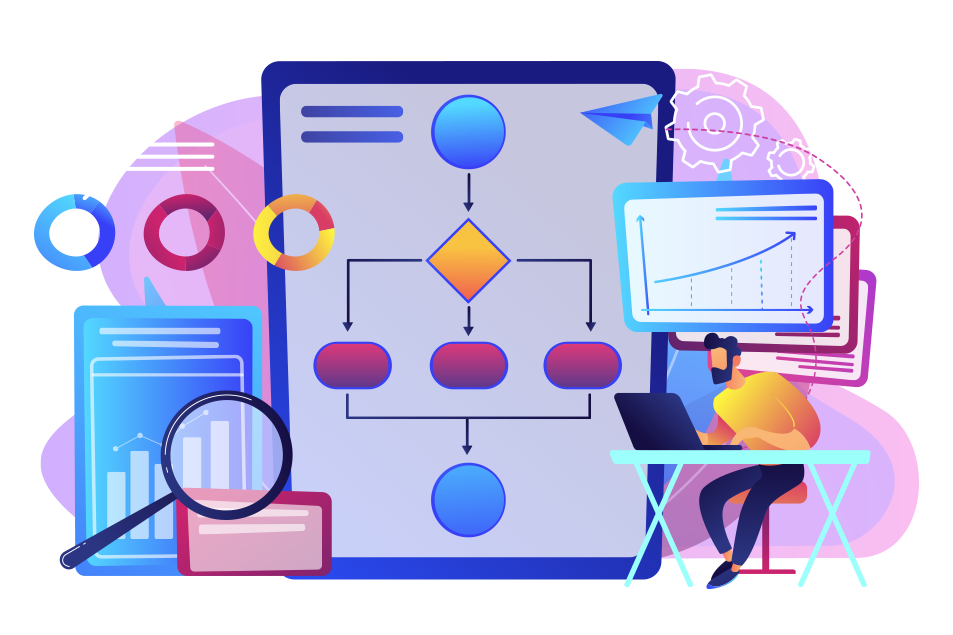In the globalized economy that we live in business, companies face a variety of challenges and possibilities. To thrive in this dynamic landscape, savvy investors and entrepreneurs rely on valuable insights gleaned from customs records and US import data. These sources are an invaluable source of information about global trade. They provide valuable information to assist in making choices, and could help businesses grow.

The apex of this revolution in data-driven technology is artificially intelligent software, which harnesses the vast troves of US import and international import and export records to provide customers with a competitive edge. The cutting-edge software analyses trends, identifies pattern and spots hidden opportunities empowering users with confidence to make smart investments.
Customs data and US Import Data are used to find the most popular products, sellers and purchasers on a daily every week and even monthly basis. Through the use of this data businesses will get valuable insights into trends in markets, consumer preferences, and landscapes of competition, enabling them to tailor strategies for maximum impact.
Locating wholesale suppliers, clients, or hot product ideas is a daunting task. However thanks to an AI-driven algorithm and import-export statistics this task can be made more simple. These advanced tools can sort through massive amounts of data to find the most lucrative opportunities. Businesses can concentrate their efforts on areas that are likely to result in results.
Moreover, access to a comprehensive database of the world’s and US export and import information along with trade and customs records, provides businesses with instant insights into market dynamics and emerging trends. In keeping abreast of trends, businesses can benefit from opportunities that are emerging while limiting risks. This will help them get to the top of the line for long-term success.
One of the primary benefits of utilizing US import and customs data is that it allows you to gain a better understanding of market dynamics and supply chain connections. Visualizing these connections through interactive dashboards and visual graphs can help businesses pinpoint areas for improvement and optimization.
Customs and import records can also be crucial to determining the top sellers and buyers over a time. By analyzing this information, companies can uncover hidden market trends and opportunities. They are able to benefit from these changes on the market to gain an edge in competition.
Alongside identifying the top items and buyers, import-export data and customs documents can aid businesses in identifying potential threats and obstacles. Businesses can predict potential disruptions through monitoring changes in export patterns for imports, regulations on customs and other aspects.
In addition, accessing import-export information and customs records could provide valuable information about the global trends in trade and market dynamic. Businesses that are aware of the shifts in demand and supplies will be able to modify their plans, allowing them to succeed in a market that is competitive.
Conclusion: Customs documents, and US import data can prove valuable for companies that wish to succeed in today’s globalized market. Businesses can benefit from these insights to find new business opportunities, optimize their operations, and remain in the forefront of competition. Import-export records and data can help businesses make better decisions, understand the dynamics of markets, and also identify emerging trends.